How to Wean Off Night Feeds
Weaning off night feeds
Every mother has been there, happily feeding their baby and suddenly their little darling is asleep in their arms. As the old saying goes “never wake a sleeping baby”. Faced with the decision what to do next, you either enjoy cuddling your sleeping baby or carry what feels like a ticking time bomb, off to their bassinet and very gently place them down. Sound familiar?
How sleep happens and baby night weaning
Feeding a baby to sleep for many parents starts as a temporary solution but often leads into a long-term problem with parenting wondering how to wean off their babies night feeds. The answer to why a baby will happily fall asleep feeding, but not stay asleep, comes down to how our sleep works. We sleep in cycles and each time we transfer sleep cycles; we briefly wake. These awakenings are so quick, we do not remember them in the morning. During these brief awakenings, we use our senses to assess how we feel. If how we felt falling asleep, is what our senses feel when we briefly wake, we quickly go back to sleep. If something is a miss, our pillow is out of place or blanket moved, we quickly correct the issue and fall back to sleep in seconds. Babies make this same assessment each time they wake between sleep cycles too.
When a baby falls asleep feeding, they feel warm and cozy cuddled up in their parent’s arms. After placing a sleeping baby in their bed, the time will come for them to transfer sleep cycles. Since the warm and cozy feeling of being cuddled is gone, a baby will wake to find themselves, alone, not feeding, lying flat in their cot. Feeling drastically different, a baby will wake crying. When those feelings associated with falling asleep are recreated, a baby will fall back to sleep, only for the cycle to repeat again. For some babies, this leads to multiple overnight feeds.
Impact of feeding a baby to sleep
For an baby who is continually feeding to sleep, the feelings and steps associated with falling to sleep, become their understanding of how their sleep happens. Sleep does not consolidate for both a baby or their parent when a baby is continually feeding overnight. Instead of a long night’s sleep, their sleep is broken down into multiple naps causing everyone to be tired in the morning.
Drinking excessive milk or formula, alter multiple different body functions which would normally be relatively inactive overnight causing discomfort to a sleeping infant. If you would like to experience what your baby’s body functions are feeling overnight, every time your baby wakes and wants to be fed, drink 3 to 4 times the amount your baby does and see how your body reacts. This can be a fun exercise especially for a mother who is being pressured by the baby’s father to continue feeding their baby each time their baby wakes.
Infant night feeding and it’s impact on teeth
Breastmilk naturally contains lactose which is important for a baby’s growth and development. Lactose is in fact a natural sugar, which is certainly healthier than processed sugars however it is still a form of sugar. When an infant is frequently fed overnight, the lactose in breastmilk is in contact with the baby’s teeth and can cause tooth decay. Paediatric dentists recommend that after the night time brush, children shouldn’t be eating or drinking anything including breast milk. However if you and your bub aren’t quite there yet, another strategy to help reduce the amount of sugar sitting on your child’s teeth overnight, is wiping your child’s teeth with a damp cloth after feeds. For information on healthy teeth for little ones have a look at The Dental Pen resources.
Feeding a baby to sleep
Feeding a baby to sleep is a very easy habit to fall into. For some parents, they enjoy the extra quiet overnight cuddles as a time to bond with their baby. For other parents, the consistent awakenings negatively impact all aspects of their lives. Neither way is right nor wrong, people simply parent in different ways.
Wean off night feeds resource
To change this cyclical habit, information on how much a baby is feeding overnight needs to be gathered. The link below is a free document featuring tips and a step by step chart on how to gather the information. This baseline information will serve as a starting point for weaning a baby’s overnight feeds.

